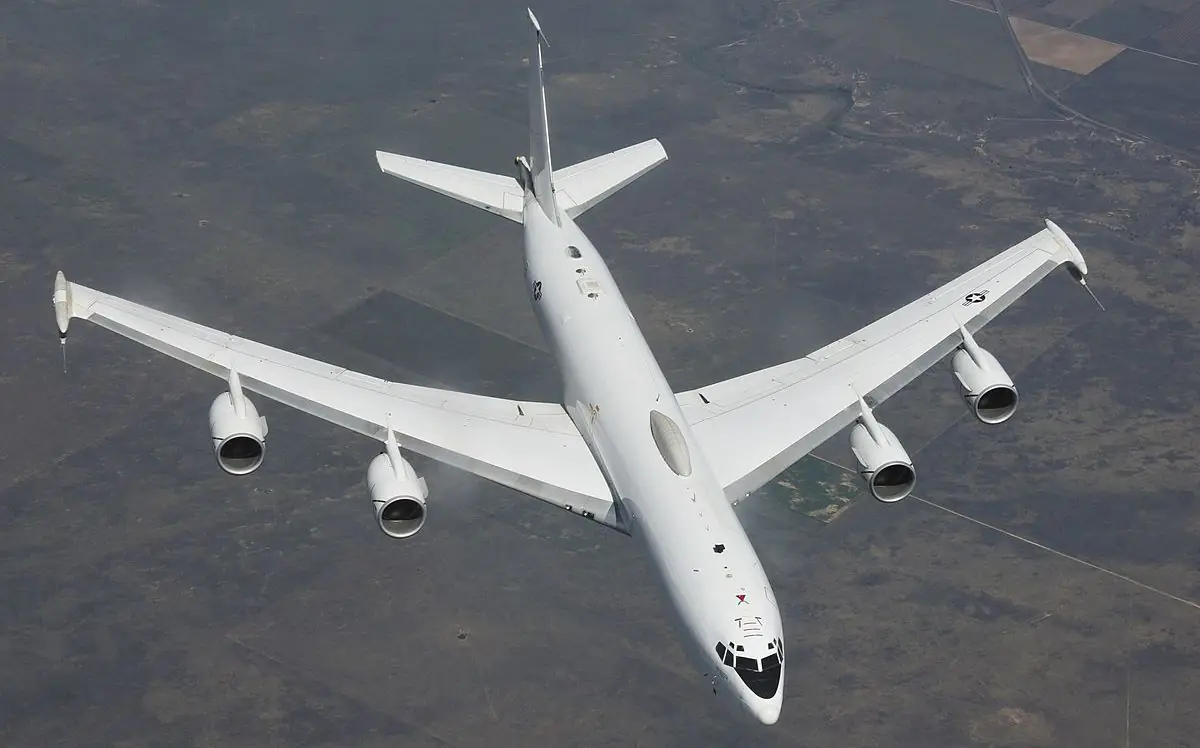Pilots and sailors from several military units completed the Simulated Electronic Launch Minuteman (SELM) exercise. These drills are designed to test the reliability of the Minuteman III intercontinental ballistic missile system while deployed, without an actual launch. The tests play a crucial role in ensuring the functionality and readiness of the U.S. intercontinental ballistic missile fleet, which is a key component of the United States’ nuclear deterrence triad.
“SELM tests selected ICBMs from everyday operation to the ignition signal of the first stage,” explained Major Raun Carnley. “SELM tests confirm the combat readiness of our deployed ICBM system… saving taxpayer money and avoiding the escalation risks that could arise from actual operational test launches.”

During the tests, launch commands are sent to the test launch facility from ground-based launch control centers and the airborne launch control system aboard the U.S. Navy’s Boeing E-6 Mercury aircraft. These exercises ensure that the ICBM system will respond as expected, providing critical data to the U.S. Air Force Global Strike Command and U.S. Strategic Command.
During the exercise, the military tests everything except the actual flight of the missile, and successful completion requires multiple military units to collaborate. The 576th Flight Test Squadron is responsible for conducting the tests, while the 91st Missile Wing provides ground operations and technical support. The 1st Navy Strategic Communications Wing supplies the aircraft and crews necessary for the tests, and the 625th Strategic Operations Squadron oversees everything from targeting and launch tracking to simulating the missile’s flight.

The 625th Squadron operates on a five-year planning cycle, with specific preparations starting about four months before each test. “With two tests per year, planning and preparation for the next one begin immediately after the previous test concludes,” noted Major Raun Carnley.
SELM tests may not attract as much public attention as operational test launches, but they are critically important for maintaining the integrity of the ICBM system and ensuring it remains a reliable deterrent. These tests send a powerful message to both U.S. allies and adversaries, signaling that the ICBM system is ready and capable of defending the nation at any moment.
E-6B Mercury aircraft play a crucial dual role in U.S. strategic operations. They provide command and control for both U.S. Navy submarine communications and U.S. Air Force strategic forces. These aircraft also frequently participate in Global Power Missions, which involve long-range bomber flights. During these missions, the E-6B ensures secure communication with the bombers.

The E-6B mission is reflected in the term TACAMO, meaning “Take Charge and Move Out.” The aircraft provides reliable airborne communication with nuclear submarines. It can also function as an airborne launch control system, allowing for the remote launch of Minuteman III intercontinental ballistic missiles. Originally, this role was performed by the U.S. Air Force’s EC-135 Looking Glass aircraft, but they were retired in 1998. Afterward, the U.S. Navy’s E-6A Hermes aircraft, initially designed for submarine communications, were upgraded to the E-6B standard.
The E-6B aircraft are now over 30 years old, being among the last models based on the Boeing 707 platform. Plans are currently being considered for their replacement, with the most likely successor being a platform based on the Lockheed C-130J.
Source: theaviationist








